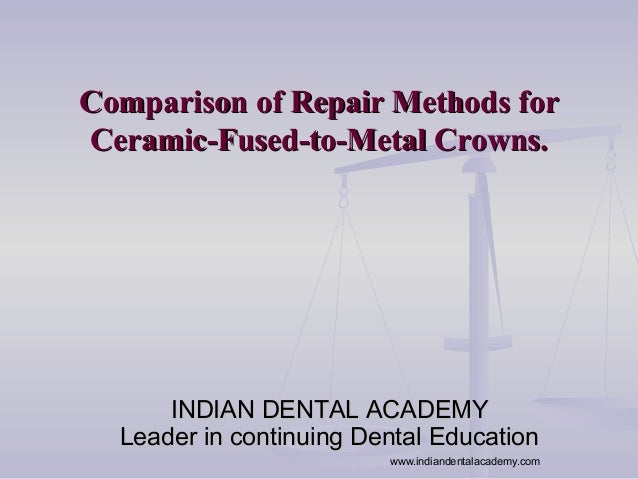Excellence in clinical communication.
Dental ceramics slideshare.
Part ii recent advances in dental ceramics.
1150 c the toughening mechanism results from the controlled transformation of metastable tetragonal phase to the.
Introduction ceramic is defined as product made from non metallic material by firing at a high temperature.
The word ceramic is derived from the greek word.
Dental ceramics can be classified according to one or more of the following parameters.
Srinivasa raju datla 1 rama krishna alla 2 venkata ramaraju alluri 1 jithendra babu p 1 anusha konakanchi 3.
13 three main divisions of ceramics 1.
Porcelain on the other hand is a type of ceramic that results when feldspar k 2 o al 2 o 3 sio 2 silica sio 2 and alumina al 2 o 3 are fired together with fluxes such as sodium carbonate na 2 co 3 or.
Classification of dental ceramics uses or indications a anterior and posterior crown b veneer c post and core d fixed dental prosthesis e ceramic stain f glaze a ultralow fusing 850o c b low fusing 850 1100o c c medium fusing 1101 1300o c d.
Introduction definition of ceramic materials.
The terms ceramic and porcelain are often used interchangeably but incorrectly.
Glassy substructure dental ceramics.
Keramikos burnt stuff ceramic materials are inorganic compounds formed of metallic or semi metallic nonmetallic elements which are subjected to high heat treatment firing for a time period to achieve desirable properties.
2 department of dental materials vishnu dental college bhimavaram west godavari andhra pradesh india.
1 department of prosthodontics vishnu dental college bhimavaram west godavari andhra pradesh india.
Esthetic dental ceramics.
Part i an overview of composition structure and properties.
Jithendra babu 1 rama krishna alla 2 venkata ramaraju alluri 1 srinivasa raju datla 1 anusha konakanchi 3.
Ceramic refers to any material composed of the arrays of metallic oxygen bonds described previously.
2 department of dental materials vishnu dental college bhimavaram west godavari andhra.
Dental ceramics is a state of the art full service dental laboratory located in richfield ohio.
Bioactive ceramics are used as bulk porous bodies or surface active layers on dental implants and as morphogenetically active scaffolds inserted into the jawbone.
While the former has been popularly applied as artificial dental roots for recovering the function of lost teeth the latter are increasingly used for regenerating bone tissue.
Dental ceramics based primarily on zirconia crystals when heated to a temperature between 1470 c and 2010 c undergo change in the crystal structure from tetragonal to a monoclinic phase at approx.

